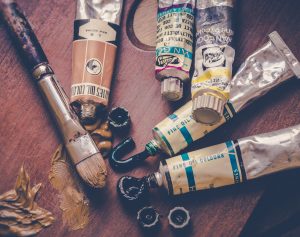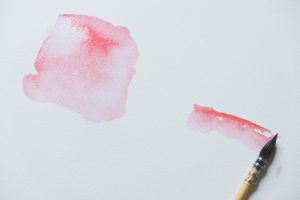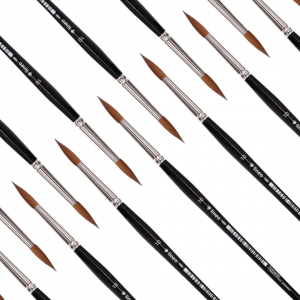 For experienced watercolour painters, brushes made of genuine Siberian Kolinsky Hair are traditionally the first choice. By nature, this hair has some properties superior to synthetic hair. One of them is for example the excellent paint absorption. However, thanks to the ongoing technological development in the production of synthetic hair, there are already synthetic alternatives with wonderful painting properties on the market.
For experienced watercolour painters, brushes made of genuine Siberian Kolinsky Hair are traditionally the first choice. By nature, this hair has some properties superior to synthetic hair. One of them is for example the excellent paint absorption. However, thanks to the ongoing technological development in the production of synthetic hair, there are already synthetic alternatives with wonderful painting properties on the market.
Quality characteristics of good watercolour brushes
There are some general quality characteristics good watercolour brushes must-have. One of the most important ones is the ability to hold large amounts of paint. Especially for painting long continuous strokes, this is important. It also allows for faster and more precise painting. The more often you have to pause and pick up fresh paint again, the more likely it is that paint will dry up in certain areas of your artwork. As a result, this can lead to unwanted edges might influence nicely flowing colour-gradients in a negative way.
The main secret for a watercolour brushes’ painting characteristics is its hair. Essential to the quality of the brushes hair body is the structure and the fineness of the processed hair. The fineness of the hairs also has a great influence on the brushes paint holding capacity and on the overall hand-feeling. Especially for painting fine details, an excellent elasticity or bounce of the hair body is important. A good watercolour brush always forms a beautiful tip and will always keep its characteristic body. It neither becomes crooked nor frayed. Also, not a single hair may stick out from the hair body. Ideally, an artist’s brush retains these great characteristics for many years. Needless to say, the appropriate brush care is essential.
What are the differences between synthetic and natural hair?
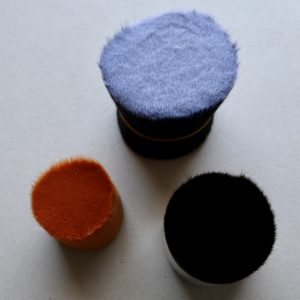
Siberian Kolinsky red sable hair has several advantages. These are the reason why the best and most sought-after watercolour brushes available on the market are traditionally made from Siberian Kolinsky hair. This natural hair is mainly chosen for its surface structure and the characteristics coming with it. That’s why in watercolour painting, it is superior to all other natural hair types. The microscopically small interlocking scales enlarge the surface of the hair. This improves the colour retention capacity and gives the hair its nice resistance. Another great side effect of this naturally grown structure is that brushes with Kolinsky hair wear out more slowly and therefore have a longer life span. They can retain their wonderful colour absorption properties and unique bounce for years. Thanks to the bounce, the brushes always stay in shape and form a beautiful tip.
A cheaper alternative to Kolinsky is the Red Sable Hair. According to professional artists, the quality of such brushes is still outstanding and offers the painter a wonderful painting experience. Brush makers at lineo mainly use Siberian Kolinsky and Red Sable Hair for the production of premium watercolour brushes.
However, the advantages of brushes made of synthetic hair should not be underestimated. Continuous research and development in this field are essential for manufacturers of high-quality artist brushes. New developments allow synthetic brushes to continuously become better as their painting properties become more and more similar to their natural counterparts.
A very good example of this is our Series 1001 French Watercolor Brush and our Series 168 Plein Air Brush from lineo Edition Elke Memmler. The lineo Series 152 with its unrivalled Kolinsky imitation should also be highlighted. All brushes are characterized by an amazing paint holding capacity and good elasticity. They form a beautiful tip and are also easy to clean.
Regardless of the Kolinsky imitation, other synthetic brushes often are offering unique painting characteristics too. Artists can take advantage of them by combining or complementing natural hair brushes and synthetic brushes. One good example of this is the lineo Hobby Robusto.
Is it worthwhile investing in a brush with Kolinsky red sable hair?
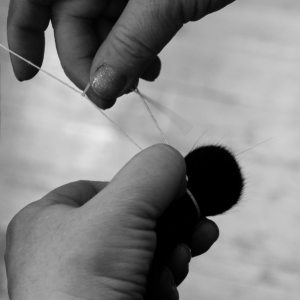 Despite rapid technological development, Kolinsky Red Sable Hair is still superior to synthetic hair in many ways. Most challenging in imitating naturally grown hair are its surface structure, the resistance and the durability. However, brushes with synthetic hair offer the painter an animal-friendly alternative with excellent painting properties. Also, it is important to note that not all synthetics are of the same quality. Manufacturers of quality brushes invest a lot of time and money in the development of good synthetic hair.
Despite rapid technological development, Kolinsky Red Sable Hair is still superior to synthetic hair in many ways. Most challenging in imitating naturally grown hair are its surface structure, the resistance and the durability. However, brushes with synthetic hair offer the painter an animal-friendly alternative with excellent painting properties. Also, it is important to note that not all synthetics are of the same quality. Manufacturers of quality brushes invest a lot of time and money in the development of good synthetic hair.
The best artist brushes are always a little more expensive. The reason lies in the use of high-quality materials and more precise processing which definitely makes them worth the investment. Above all in the sense that you will not only see the difference in the quality of their creative execution, but you will also feel the difference when painting. With proper care, good brushes often last for years without noticeably losing quality. And that’s what really makes investing a little more money worth it in the long run. Also for our planet!
You might also be interested in
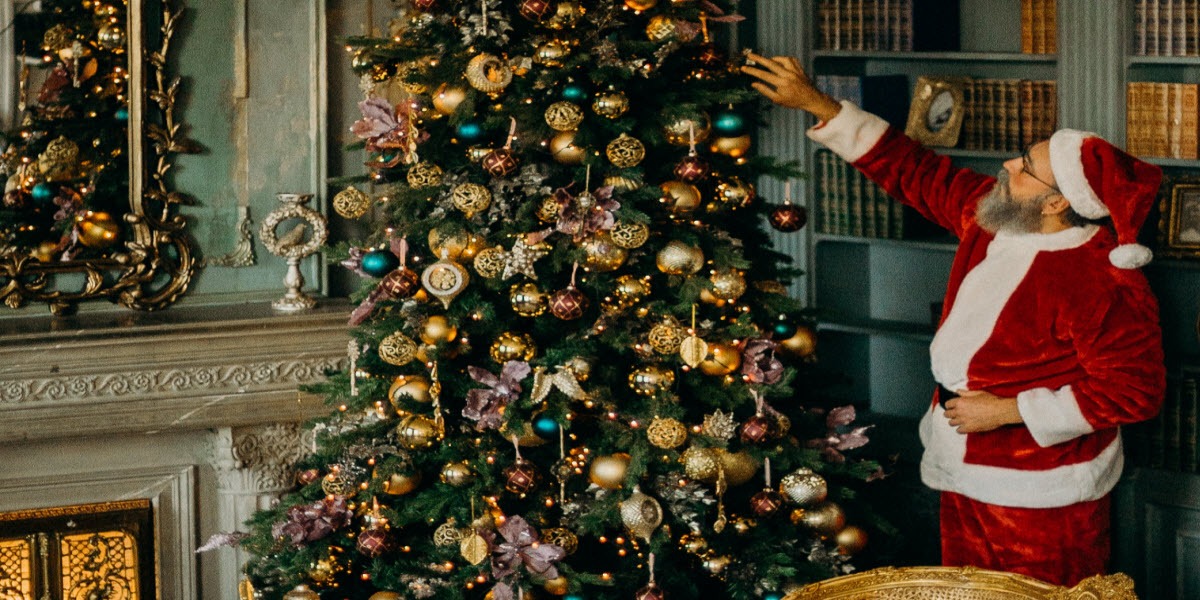
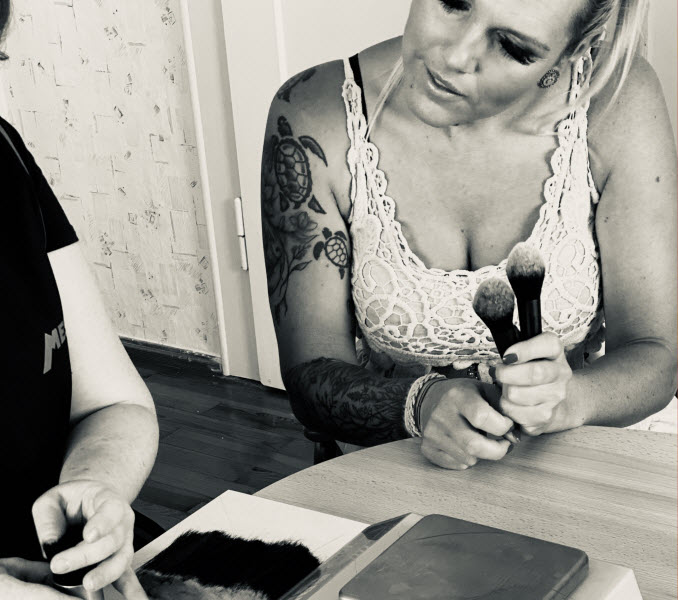


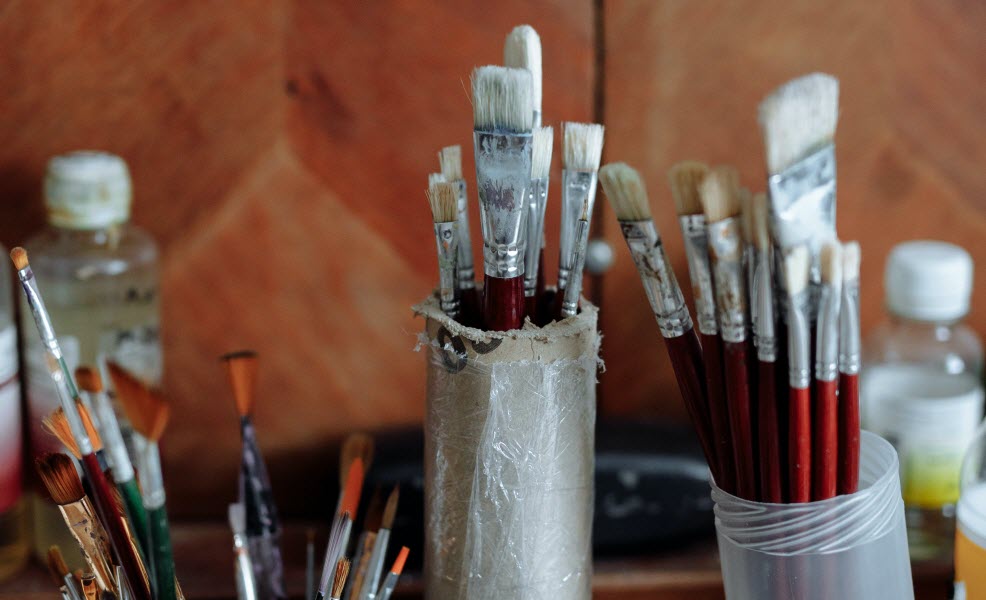
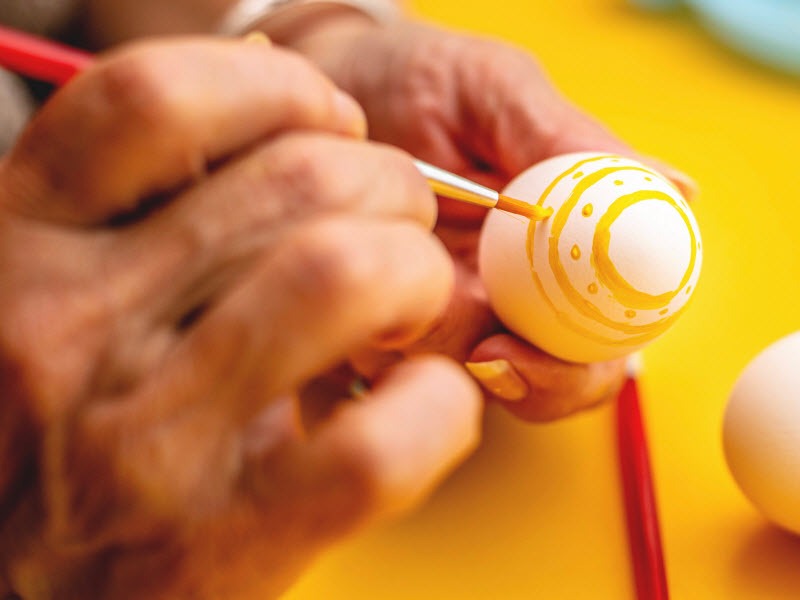
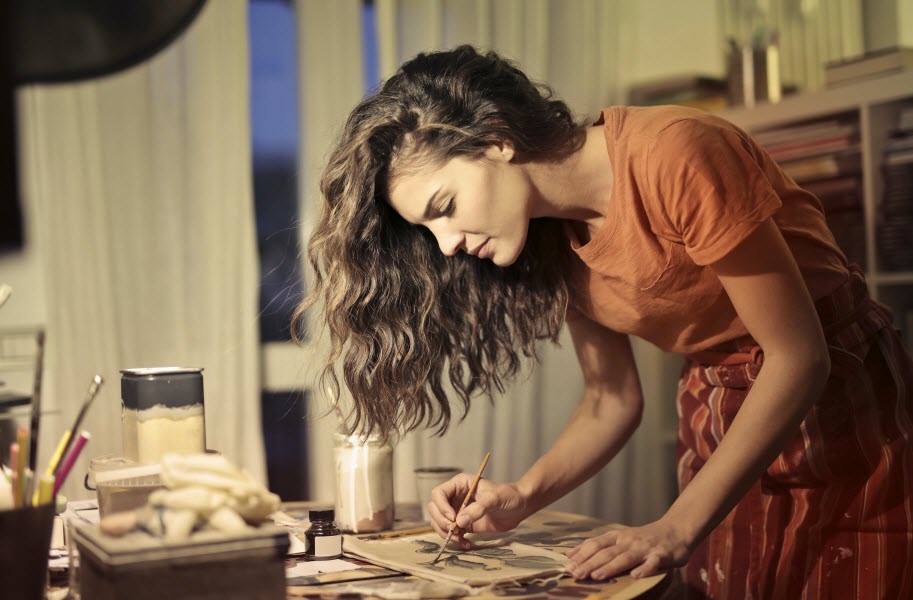
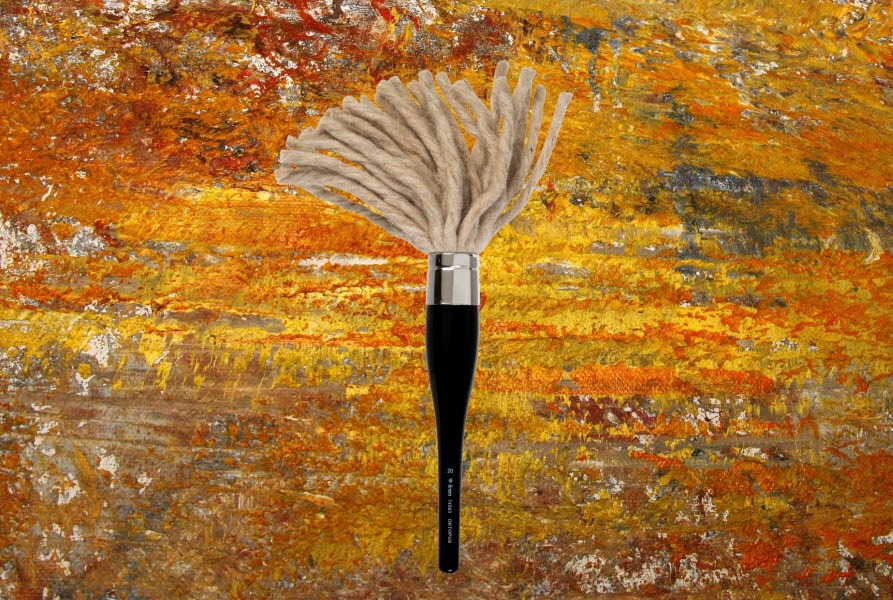
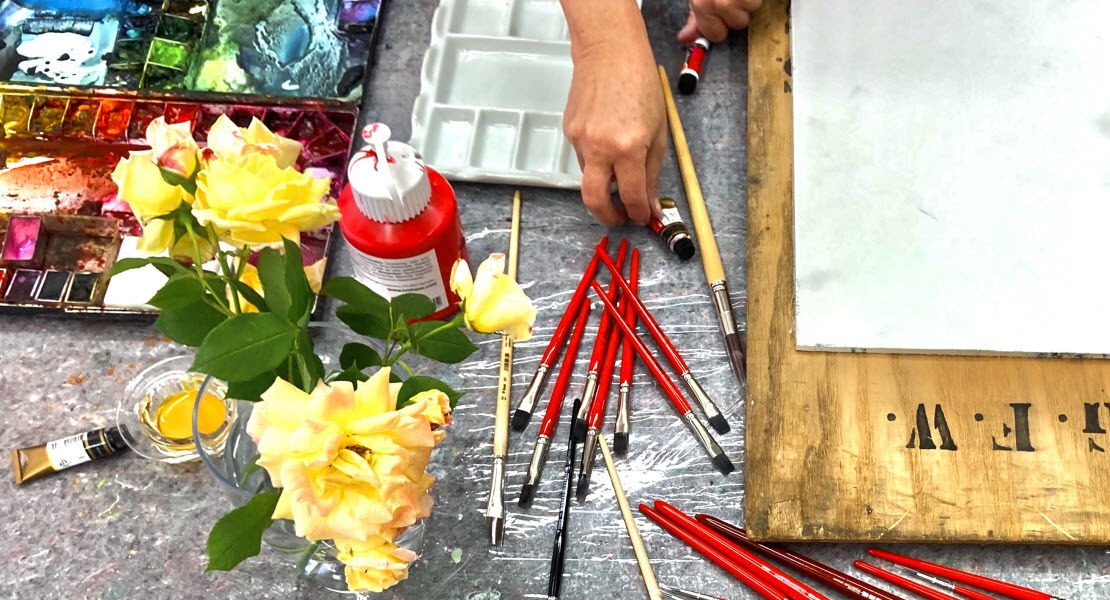
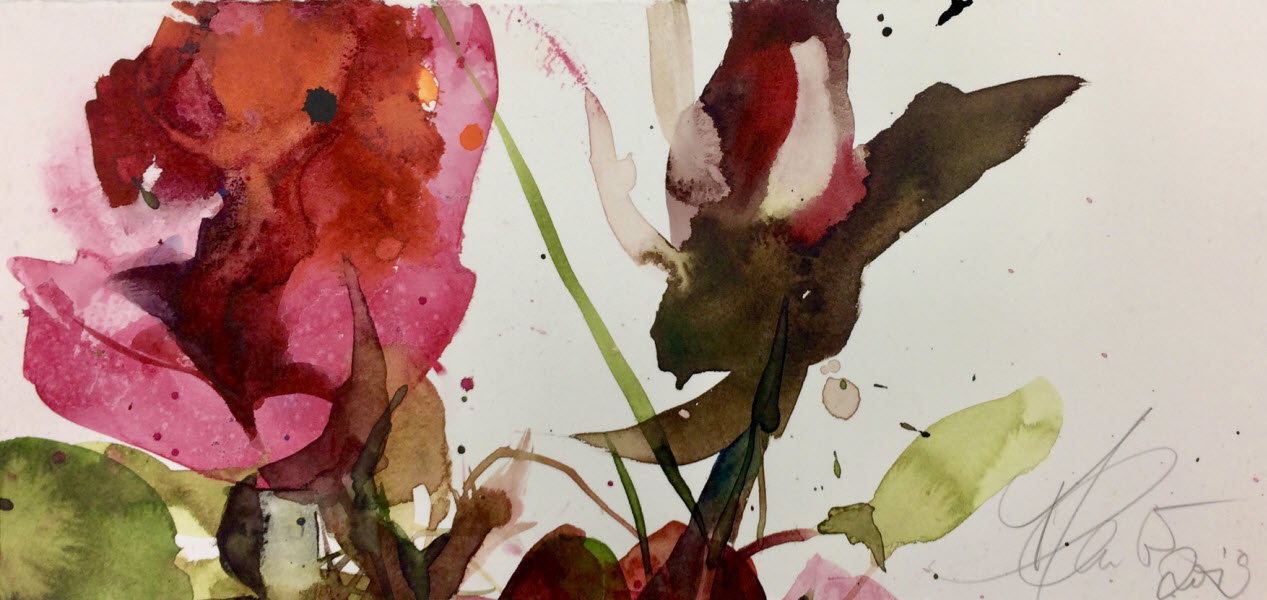

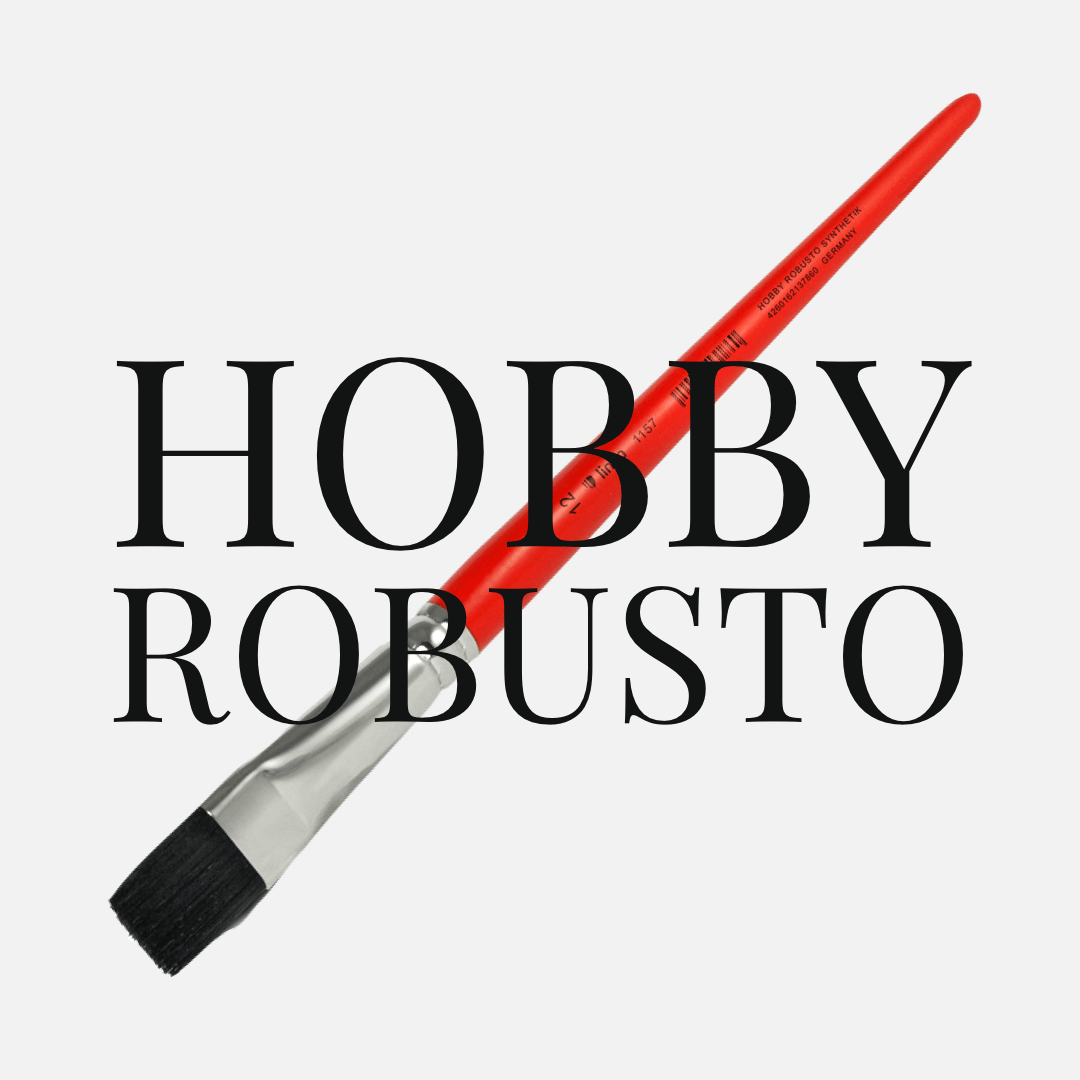

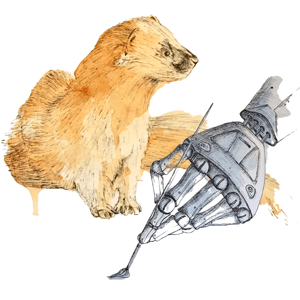
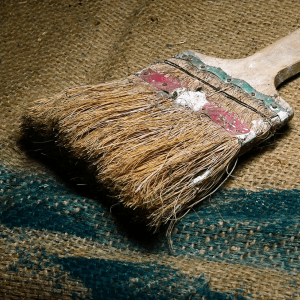
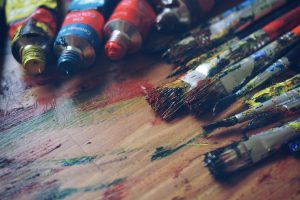 There is nothing nicer than pulling a clean, fresh brush out of the pile. You start painting with an amazing brush with a perfect tip. Lovely! Ideally, your brushes will remain in good condition for as long as possible. Taking proper care and maintaining them regularly is the key. However, at some point, even the best artist brushes will start to show signs of ageing. In this article, we will try to explain how to get the best out of your brushes.
There is nothing nicer than pulling a clean, fresh brush out of the pile. You start painting with an amazing brush with a perfect tip. Lovely! Ideally, your brushes will remain in good condition for as long as possible. Taking proper care and maintaining them regularly is the key. However, at some point, even the best artist brushes will start to show signs of ageing. In this article, we will try to explain how to get the best out of your brushes.